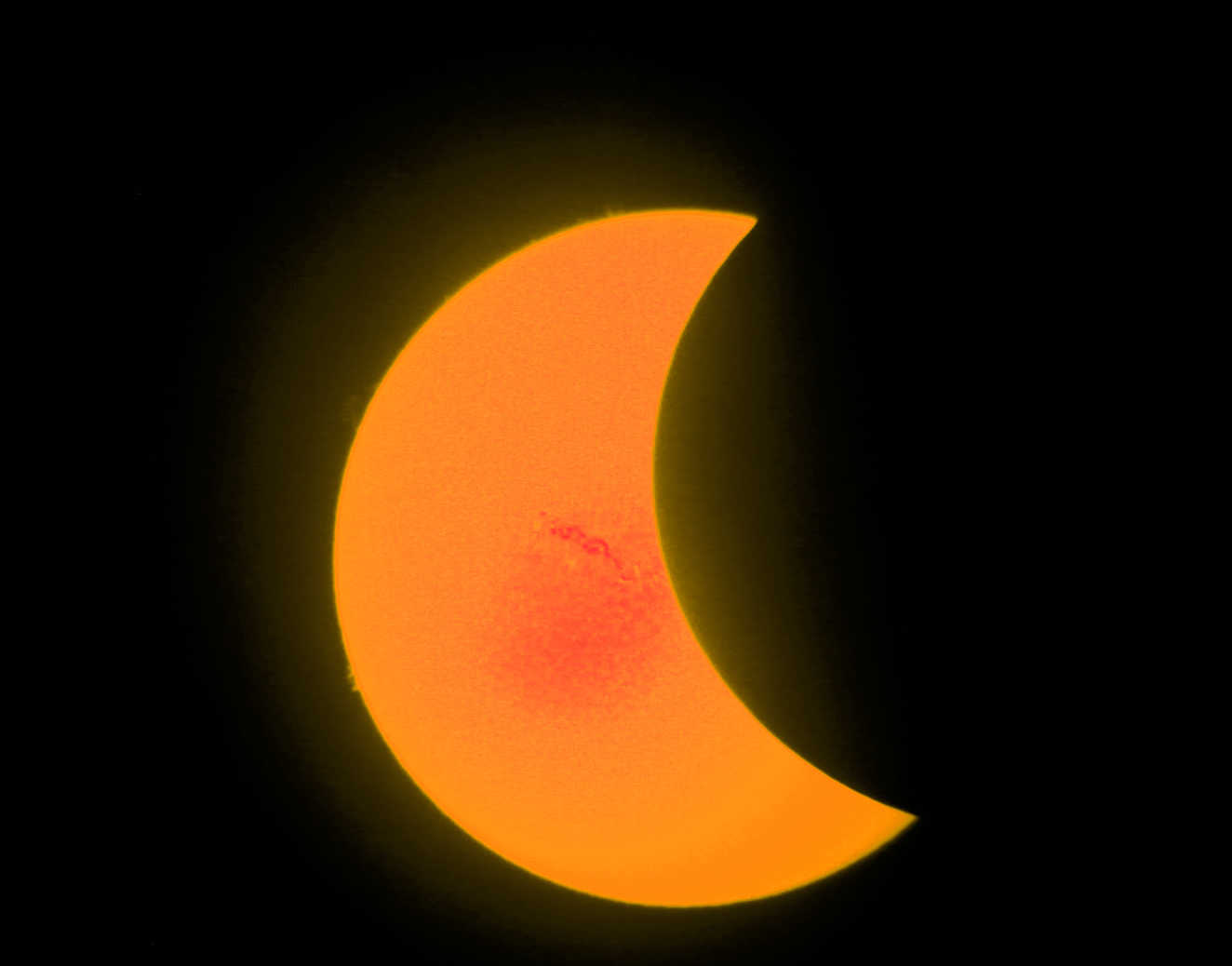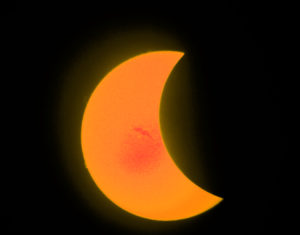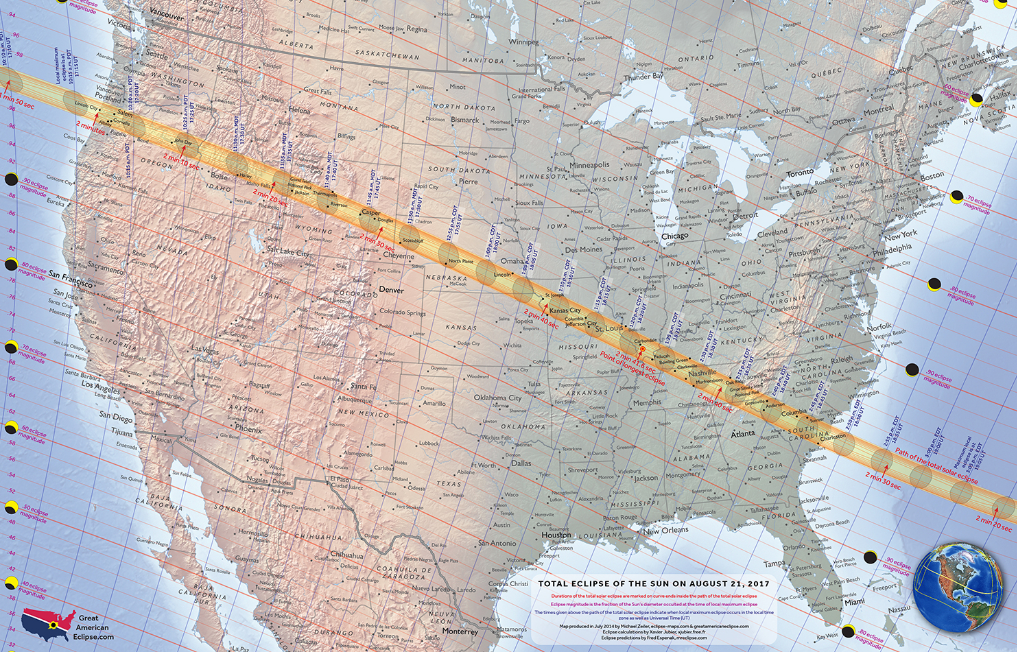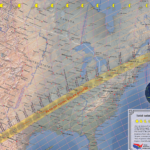Too often we have students who float through lab exercises without making connections to the science content they are learning in class. Some students struggle to find meaning of the lab and just run through the motions, copying other student’s data and ideas, and then handing in the lab report without a second thought about the science they just witnessed. Many students feel lab time is just for fun and not for learning at all. As teachers, we know the lab was intended to challenge students, make students discover answers to phenomenon, and reinforce the subjects we teach in class. So why is there such a large disconnect between labs and classroom content? The execution of the labs is an essential skill which teachers need to refine over time in order to make their labs more valuable to their students. These are a few tips that teachers can use to help drive labs towards that ultimate goal.
- Flip Your Pre-Lab: Regardless if you are a novice or an expert in flipping, flipping your pre-lab isn’t a difficult process and can prove to be very beneficial. You can create a video just by videotaping yourself in the lab with your cellphone! I prefer to screencast my computer using screencast-o-matic and voice over a PowerPoint that contains ideas and images from my lab. I upload my videos to an online website known as EDpuzzle, which is a free website you can use to track students watching your videos (and embed questions during the video to assess the students’ understanding). Both of these sites are free and very easy to use. Other teachers upload to their personal websites or YouTube. A flipped pre-lab could include reviewing safety rules pertaining to the lab, showing how to use equipment, and practicing necessary calculations. If the students complete this pre-lab at home, they come into class ready to work, increasing the time spent on the actual wet lab. The flipped pre-lab can decrease lab misconceptions and give the students a better understanding of their goal before they start the lab. In addition, flipping the pre-lab is helpful for inquiry style labs because the students will already know how to use the equipment and account for safety issue that may arise.
- Class Lab Discussion for Inquiry Labs: Inquiry labs can be daunting and cumbersome. One strategy to make these labs more manageable is to have a class discussion before the lab starts. Give the students a larger, overarching problem that needs to be solved. In pairs or small groups the students should come up with variables that they can test to solve the problem. A simple example could be “What factors affect the rate of a reaction?” Students can come up with factors such as temperature, surface area, and more. Next, have a class discussion and record all of the student’s variables down on the board. In some labs, it may be overwhelming for one lab group to test all of the variables that were brainstormed. Therefore, assign each lab group one variable to test from the list. At the end of the lab, students can exchange data to solve the overall problem. For example, group one can study temperature effects and group two can measure surface area affects. If there are not a lot of variables, double up the lab groups and they can compare their answers at the end of the lab. The individual lab groups will have to brainstorm constants for their lab and come up with a plan of action. Once the teacher checks the plan and constants, the group can get started on a series of trials to test their assigned variable. In most cases, the students should have a pre-planned data table and a graph to show the relationship that they tested. At the end of the lab, each group should report about the variable they tested, constants they used, and their results to the class in a short, two minute presentation. The class should record that data to create a class master set of data that shows all variables and their effects. This method will reinforce the need for multiple trials of the same variable in an experiment, while not putting too much pressure on any one group to solve the overarching problem in a lab because the lab groups are focused on one part of the overall problem. Together as a class, they can understand the problem as a whole and witness how a group of people can work together to solve the larger problem.
- Lab Quizzes: In my classroom, like many others, most labs are done as a small group or pair of students. Some teachers assign roles to each student to hold them accountable for participating in the lab. Despite the effort it takes to arrange the lab and possibly assign roles, some students can still do the bare minimum and copy other students’ work. To really tie the lab in with the classroom content and ensure that every student has motivation to understand the lab, lab quizzes can be given periodically to test student understanding. The quizzes can be short, using sample data from the lab or questions that may show up on future tests. Some quizzes may have the same questions that were in the lab, but with new numbers. Other quizzes might have questions about error analysis from a lab. You can also create a mini lab practical to ensure the students have proficient lab skills. In AP classes, I often give one AP question from an old exam that relates to the lab we completed. Lab quizzes should be given soon after the lab is complete or at least by the end of the unit. The bottom line is if the students know they will be individually assessed on their lab, they will most likely put more effort into understanding the lab as it is being done. Unfortunately, many students don’t find value in work that is not graded. These individual quizzes that can take as little as five minutes can be the item that students find the most motivating factor to understanding the lab.
- Challenge Labs: I have changed some of my standard labs into challenge labs. Instead of having students confirm the formula of a hydrate (I am a chemistry teacher) or confirm the value of a constant, my teams compete to get the closest value to the correct answer. It doesn’t always change the makeup of the lab itself, but it adds a healthy competitive element to the lab that engages more students. Some labs did change, like my density lab. Instead of identifying if sample size affects the density of an object or confirming the makeup of a sample based on density, I gave teams a sample of aluminum metal that was pre-massed by me, and another sample of aluminum without a mass that had a different shape and size. Students could use any equipment other than a balance to find the mass of the second sample. The closer they got, they better they scored on the lab!
It is important to conduct meaningful labs in class. If the students cannot connect the content in the labs to the content in their homework, classwork, and exams the labs become a waste of time and energy. The labs need to be a driving force in the classroom and something to refer to when describing questions in class. I hope you consider trying one or more of these strategies for your labs to help connect your labs to your chemistry content.





